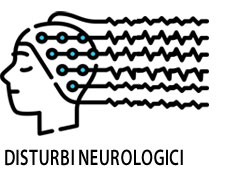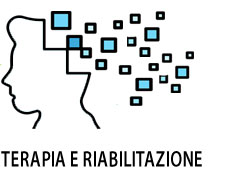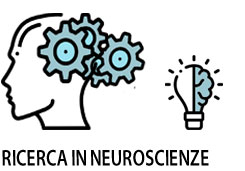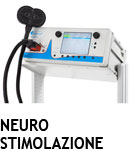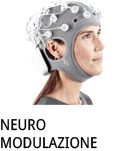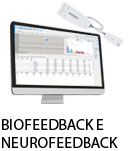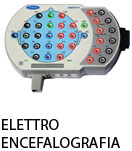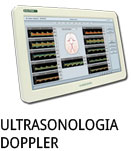- +39 011 5821948
- info@geasoluzioni.it
- Lun - Ven 8:00 - 17:00
Safety and recommendations for TMS use in healthy subjects and patient populations, with updates on training, ethical and regulatory issues: Expert Guidelines
- Abstract:
- This article is based on a consensus conference, promoted and supported by the International Federation of Clinical Neurophysiology (IFCN), which took place in Siena (Italy) in October 2018. The meeting intended to update the ten-year-old safety guidelines for the application of transcranial magnetic stimulation (TMS) in research and clinical settings (Rossi et al., 2009). Therefore, only emerging and new issues are covered in detail, leaving still valid the 2009 recommendations regarding the description of conventional or patterned TMS protocols, the screening of subjects/patients, the need of neurophysiological monitoring for new protocols, the utilization of reference thresholds of stimulation, the managing of seizures and the list of minor side effects. New issues discussed in detail from the meeting up to April 2020 are safety issues of recently developed stimulation devices and pulse configurations; duties and responsibility of device makers; novel scenarios of TMS applications such as in the neuroimaging context or imaging-guided and robot-guided TMS; TMS interleaved with transcranial electrical stimulation; safety during paired associative stimulation interventions; and risks of using TMS to induce therapeutic seizures (magnetic seizure therapy). An update on the possible induction of seizures, theoretically the most serious risk of TMS, is provided. It has become apparent that such a risk is low, even in patients taking drugs acting on the central nervous system, at least with the use of traditional stimulation parameters and focal coils for which large data sets are available. Finally, new operational guidelines are provided for safety in planning future trials based on traditional and patterned TMS protocols, as well as a summary of the minimal training requirements for operators, and a note on ethics of neuroenhancement.
- Patologie/Applicazioni:
- Anno:
- 2020
- Tipo di pubblicazione:
- Articolo
- Parola chiave:
- Linee guida; stimolazione magnetica transcranica; TMS; rTMS; Theta Burst; TBS; Sicurezza; Neuromodulazione; Neurologia; Psichiatria
- Testata scientifica:
- Clinical Neurophysiology
- Nota:
- Questa pubblicazione aggiorna le precedenti linee guida del 2009 sulla sicurezza della TMS. Viene considerata la sicurezza di nuovi dispositivi come l'impiego del Cobot TMS di Axilum Robotics a supporto dell'operatore e nuove tecniche. Vengono fornite linee guida operative per i protocolli futuri che possono essere impiegati con la TMS.
- DOI:
- doi.org/10.1016/j.clinph.2020.10.003
Hits: 1611
La nostra storia
GEA soluzioni si affaccia nel 2013 al mercato della strumentazione medicale di alto livello tecnologico ma la sua storia parte da più lontano, clicca qui per approfondire.
GEA SOLUZIONI SRL
via Spalato 72/A, Torino
Tel.: 011 5821948 / 011 4463853
Fax: 011 0433281
Email: info @ geasoluzioni.it
P. IVA IT11696920013
REA TO1233648

